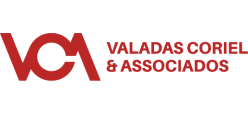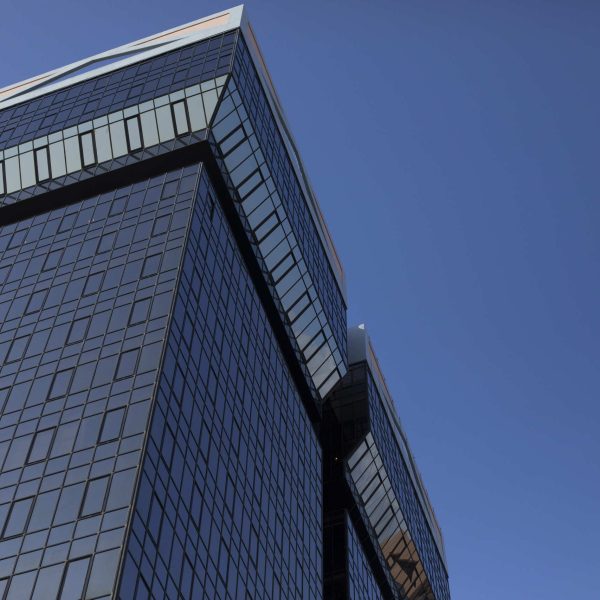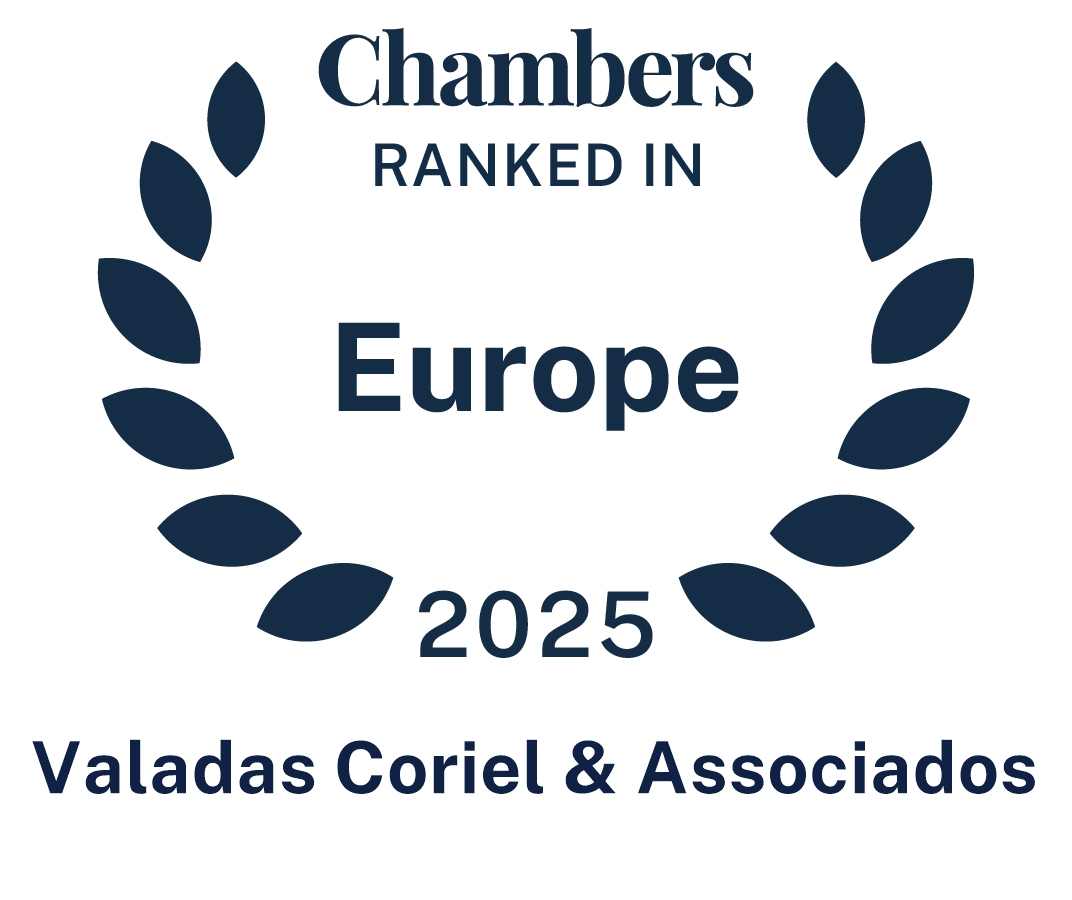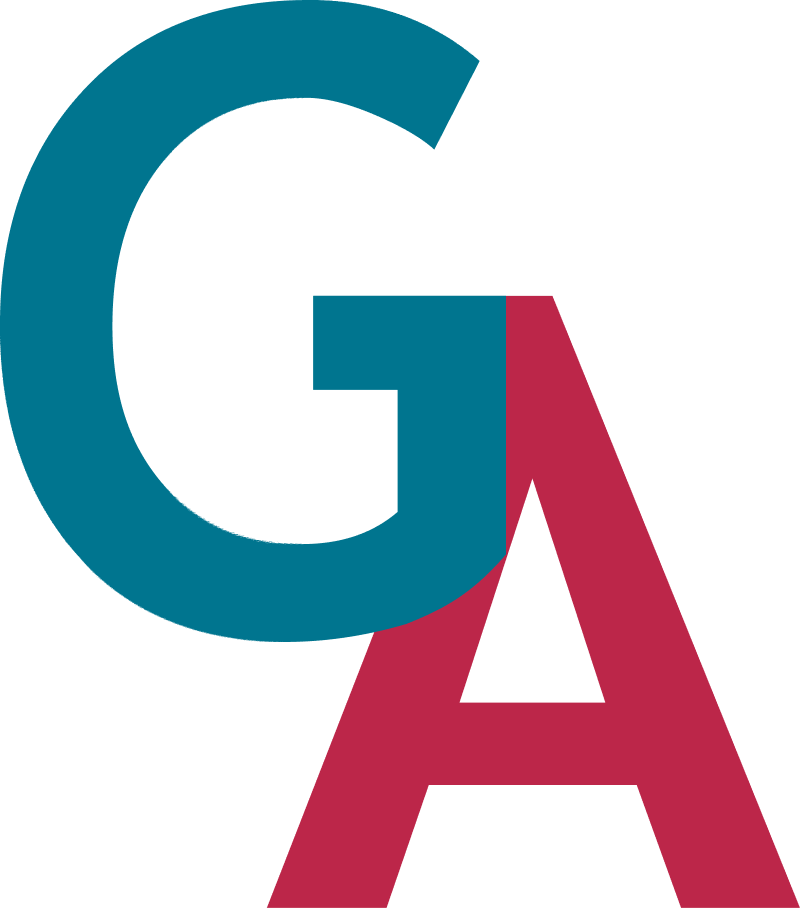The Mona Lisa: Intellectual Property and the Louvre’s Rights in the Public Domain
Recently, President Emmanuel Macron announced that the Musée du Louvre is set to undergo an ambitious renovation project, which will include the creation of a dedicated gallery for the display of the Mona Lisa. This new space aims to improve the conditions for visitors and to restore prominence to the other works currently overshadowed in the Salle des États.
In light of this announcement, we felt the need to revisit the following questions: what intellectual property rights, if any, subsist in the Mona Lisa? Is the use of its image free?
The short answer is: yes — but with limitations.
Under the harmonised term of protection established at the European level (namely, Directive 2006/116/EC of the European Parliament and of the Council of 12 December 2006), the general rule is that economic rights in copyright endure for 70 years after the death of the author. This means that, while certain moral rights (such as the right to be identified as the author) may subsist indefinitely or for longer periods, the economic rights associated with the commercial exploitation of a work typically expire 70 years after the death of the author.
Given that well over 70 years have elapsed since the death of Leonardo da Vinci, it follows that the Mona Lisa is no longer subject to copyright protection in its original form and has entered the public domain.
However, as is common practice among major museums, the Louvre maintains a degree of control over the economic exploitation of the work through various means, including the following:
- Copyright in Photographic Reproductions: Photographs and reproductions of the painting made or commissioned by the Louvre may be protected by copyright in their own right, provided they constitute original works. This is in accordance with Article 14 of the Copyright in the Digital Single Market Directive (Directive (EU) 2019/790), which provides that photographic works may benefit from copyright protection if they reflect the author’s own intellectual creation.
- Museum Access Terms and Conditions: By entering the museum, visitors are deemed to accept its terms and conditions, which expressly prohibit the taking of photographs for commercial purposes without the museum’s prior authorisation. This contractual framework serves as an additional layer of control over the commercial use of images captured on-site.
- Trade Mark Protection of the “Louvre” Name: The name “Louvre” is a registered trade mark, thereby benefiting from protection against unauthorised commercial use. This ensures that any use of the museum’s name in connection with commercial goods or services may be subject to legal action if done without consent.
In order to monitor the unauthorised use of protected images, the Louvre employs various digital tracking tools, including watermarking, image recognition technologies, and the surveillance of e-commerce platforms. One notable example of this proactive approach is the lawsuit filed in 2022 against SEE Global Entertainment for the unauthorised use of registered trademarks and reproductions of artworks, including the Mona Lisa.
Through these legal and technological mechanisms, the Mona Lisa — while in the public domain — remains, in many respects, loyally bound to the Louvre.
Intellectual Property Department
João Valadas Coriel | António Vieira













